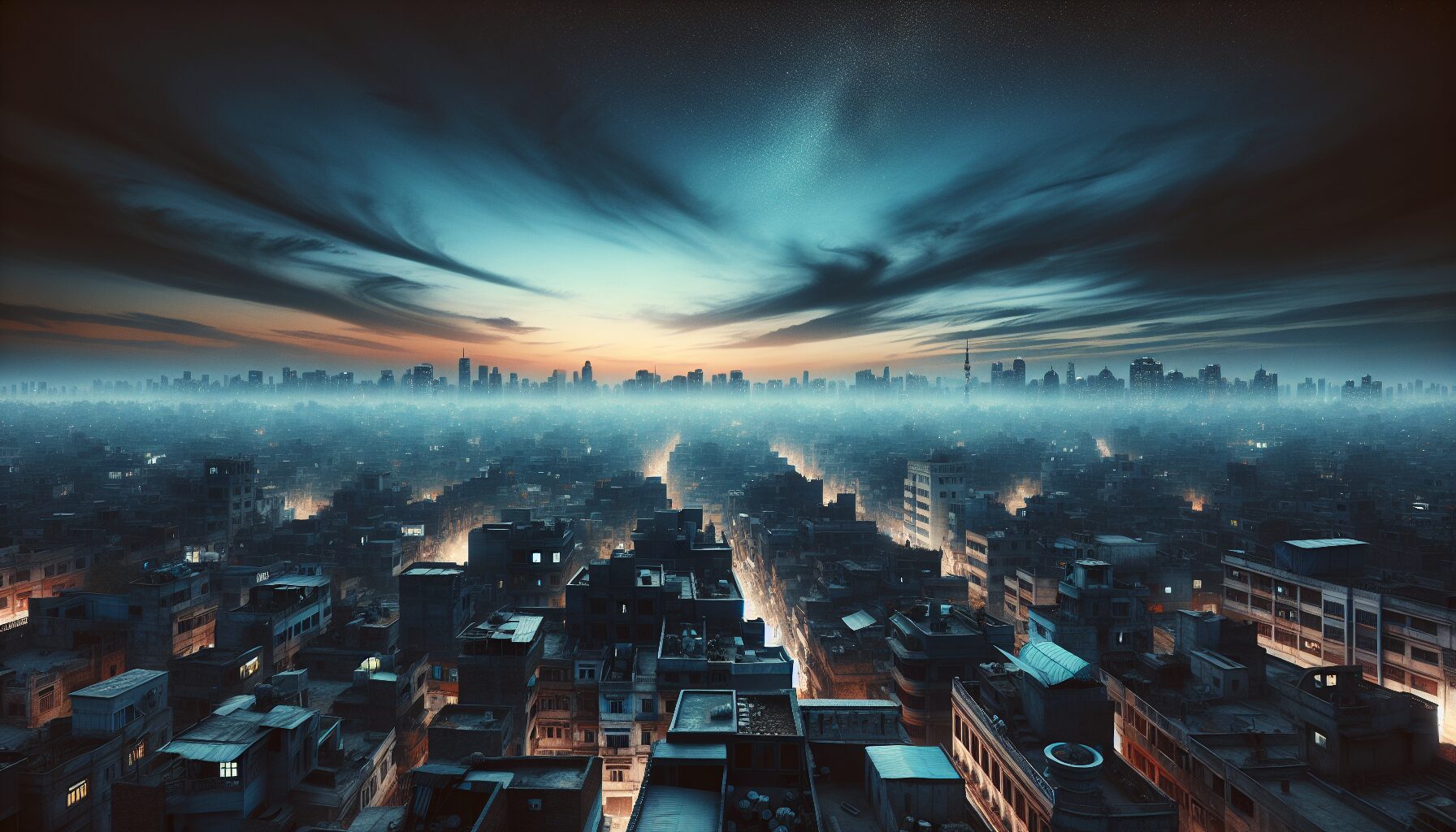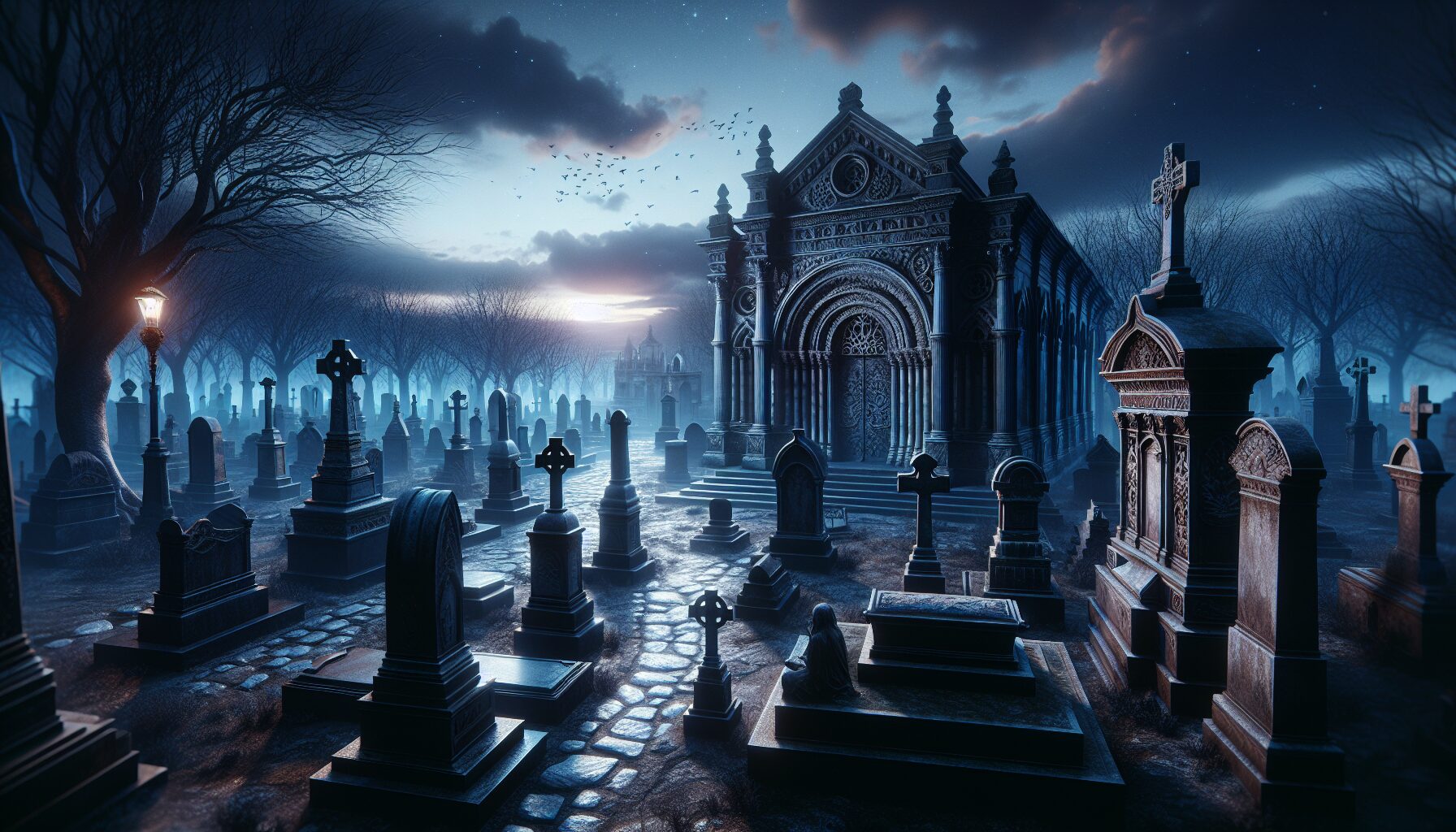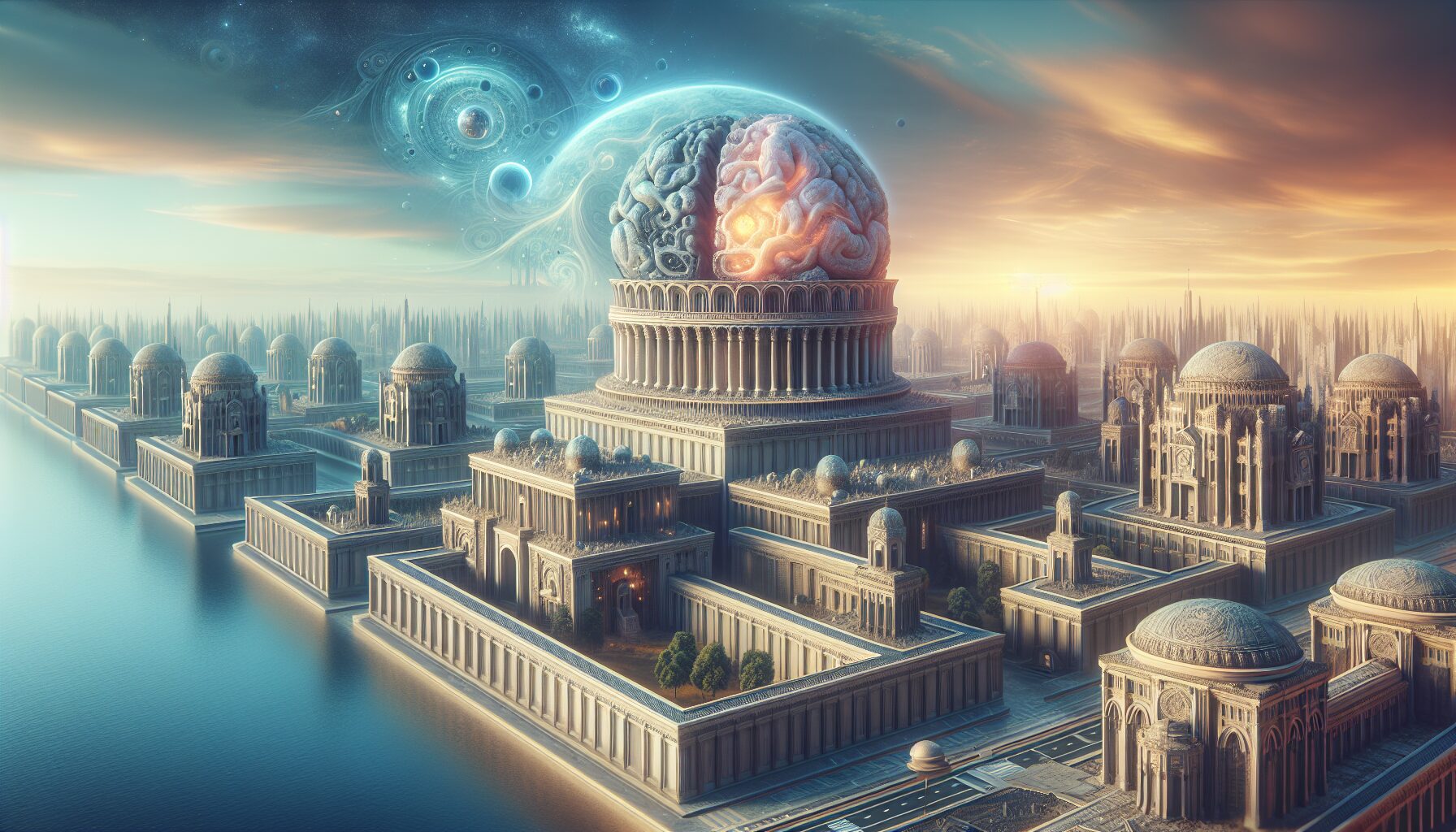Necropolis Horizons – Cities, Memory, and Dark Philosophy
The notion of necropolis—the city of the dead—serves as a vibrant intersection where architecture and the profound philosophies of existence meet. These cities represent not only the threshold between life and death but also a fertile ground for examining memory and dark philosophical thought. This article delves into the eerie and yet fascinating spaces of the necropolis, exploring how these intricate landscapes reflect human culture, memory, and existential thought.
Historical Context and Significance
From the majestic pyramids of Egypt to the catacombs under Paris, necropolises have long been vital parts of human civilization. Their historical significance is firmly rooted in their role as repositories of memory and as reminders of the past. Many ancient cultures constructed enormous, elaborate necropolises, which were designed not just as resting places, but as a means of ensuring the immortality of one’s name.
- Egyptian Pyramids: The grandeur of these structures speaks to the Egyptian belief in an afterlife where the dead would live eternally, thus emphasizing the significance of the necropolis in their culture.
- Paris Catacombs: Originally created due to sanitary issues, these tunnels now serve as an underground mausoleum, preserving the bones of over six million Parisians. This network of tunnels is a somber reminder of history’s unavoidable march.
The Architecture of Memory
Necropolises are, above all, spaces dedicated to the memories of those who have come before. In many cases, the architecture of these cities is designed to invoke reflection and introspection. As noted by Alain de Botton in his book “The Architecture of Happiness,” architecture often serves as a refuge for our memories, “reminding us of the good we’d forgotten and of the ideals that were prematurely abandoned.”
“As we write the history of the dead, we also carve out a place for our eventual passage through this world.”
Philosophical Underpinnings
At the core of the necropolis lies a philosophical depth that invites contemplation about life, death, and what lies beyond. Philosophers like Martin Heidegger and Michel Foucault have examined how death shapes human experience and perception. Heidegger, in “Being and Time,” presents death as an inevitable aspect of being, stressing its role in defining authentic existence.
“If I take death into my life, acknowledge it, and face it squarely, I will free myself from the anxiety of death and the pettiness of life – and only then will I be free to become myself.”
Dark Philosophy: The Allure and Fear of Nothingness
The notion of a necropolis naturally extends into darker philosophical territories, particularly when confronting the allure and fear of nihilism. For some, these cities of the dead symbolize the existential dread encapsulated in the thought of nothingness. Philosophers like Friedrich Nietzsche have spoken of the danger and allure of gazing into the abyss, a metaphorical representation of confronting death and meaninglessness.
“He who fights with monsters should be careful lest he thereby become a monster. And if you gaze long enough into an abyss, the abyss will gaze back into you.”
Modern Reflections and Cultural Representations
Today, necropolises continue to inspire writers, artists, and thinkers, who use them as canvases to explore contemporary issues. They appear in literature as central motifs or settings that allow for reflection on humanity’s transitory nature. The graphics, styles, and stories of spaces like the wandering alleys of the Père Lachaise Cemetery in Paris or the Recoleta Cemetery in Buenos Aires often evoke a haunting beauty that compels modern culture to confront the inevitability of death while celebrating life.
Conclusion: Beyond the Horizon
The horizon of necropolises stretches far beyond mere cities of the dead; they are places where memory and philosophy meet to wrestle with the profound truths of existence. As long as humans continue to ponder their mortality and construct spaces for the memorialization of the deceased, the necropolis will remain a complex tapestry of memory, architecture, and dark philosophy.
To know more about necropolises and their impact on culture, you can explore further into resources such as Britannica’s extensive research on necropolis or delve into philosophical discussions on Stanford Encyclopedia of Philosophy.


